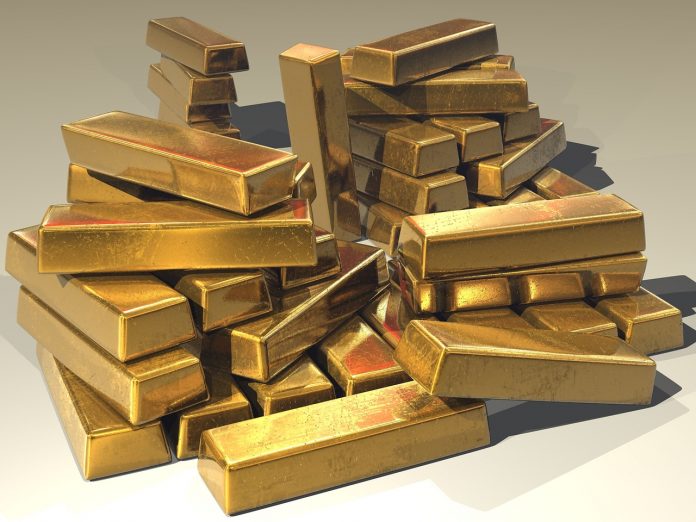Copper futures price increased almost 23% from the beginning of the year signalling a growth in consumption in the next period by sectors like power and electric vehicles but also defense, writes eToro analyst for Romania, Bogdan Maioreanu.
This offsets the projection of low activity and therefore low consumption in China. Copper has a very important industrial role as generation and transmission of electricity, electrical and electronic devices would not be possible without it.
Research from the International Copper Association is forecasting the global copper demand to grow from 28.3 million tonnes (Mt) in 2020 to 40.9Mt in 2040 with a Compound Annual Growth Rate (“CAGR”) of 1.85%. This growth is anticipated to come from traditional demand sectors as well as from new sectors driven by the green energy transition, such as growth in electric vehicle adoption, renewable energy integration, and grid infrastructure expansion and maintenance.
In an interview for CNBC, the billionaire investor Stanley Druckenmiller mentioned that copper is a simple story due to the fact that it needs 12 years, greenfield to produce it, and you’ve got consumption from EVs, the grid, data centres, but also from the production of munitions. As conflicts are heating up around the world supply is slow to catch up, which means that the supply-demand situation will be unbalanced for the next five or six years.
Goldman Sachs also raised its year-end copper price target to $12K/ton from $10K previously, anticipating the world’s mines will struggle to match growing demand. But there are also views that recent growth is based on speculation and expectations for the future and an expensive copper might discourage consumption and lead to a substitution by aluminium which is cheaper.
Copper is not scarce on planet Earth. Roughly 700 million metric tons of copper have been produced around the world and identified deposits contain an estimated 2.1 billion metric tons, which brings the total amount of discovered copper to 2.8 billion metric tons. This would fit into a cube measuring 680 metres on a side. The largest producer in the world is Chile with 5 million metric tons (MT) last year, followed by Peru and the Democratic Republic of Congo with over 2.5 million MT, China (1.7 million MT), USA (1.1 million MT) and Russia (910.000 MT).
Commodities, including metals like copper, gold or silver but also oil, cereal or livestock have been traded on exchanges for thousands of years, from rudimentary clay recordings in Sumer to the online exchanges of today. They are defined as goods of the same kind, standardized, which makes them simple to trade.
Individual investors, people who manage their own investments, are also interested in commodities, globally 28% of them having this asset class in their portfolios, according to the latest eToro Retail Investor Beat survey. The most interested are the Czechs (40%) followed by Poles (38%), Dutch (32%) and German (31%) investors. Romanian and American investors are close with 30% of them having commodities in their portfolios.














